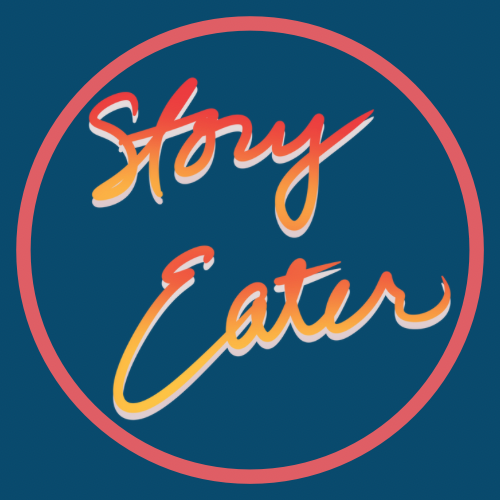Better Late Than Never Review: Cinder by Marissa Meyer
- Story Eater

- Oct 12, 2022
- 4 min read

Release date: 3 January 2012
10th Anniversary Edition Release Date: 15 March 2022
Rating: 3.5/5
Book boxes: FairyLoot Special Edition sale in 2023 (see Special Editions Calendar for details)
Synopsis: Humans and androids crowd the raucous streets of New Beijing. A deadly plague ravages the population. From space, a ruthless Lunar people watch, waiting to make their move. No one knows that Earth’s fate hinges on one girl. . . . Cinder, a gifted mechanic, is a cyborg.
She’s a second-class citizen with a mysterious past, reviled by her stepmother and blamed for her stepsister’s illness. But when her life becomes intertwined with the handsome Prince Kai’s, she suddenly finds herself at the center of an intergalactic struggle, and a forbidden attraction. Caught between duty and freedom, loyalty and betrayal, she must uncover secrets about her past in order to protect her world’s future.
Review
I come late to the Cinder party; unfortunately, as I was probably still in grad school at the time, it is one of the fundamental YA novels of the past decade or so that I’m not up to snuff on but am still working on playing catch-up for. I enjoyed many parts of Cinder. The incorporation of SciFi punk tech into the Cinderella story so completely made my SFF nerd heart happy, and I love the setting in a dystopian, high-tech Beijing, which gives a feel reminiscent of Johnny Mnemonic and Big Hero Six. So awesome. Some parts fall flat for me, though, such as the lack of depth and world building. I did mostly enjoy the story, however, and I think I’ll definitely continue reading the series so I can make up my mind if I want to get the FairyLoot special editions going on sale in January 2023.
First thing’s first; I will acknowledge the spectacularly well done age-appropriate content for this book. It is classified as YA. It is thematically YA. Cinder does not present hundreds-of-years-old vampires or fae chasing after 16- or 17-year-old girls or boys and having copious amounts of sex with them. The themes are mature in terms of what teenagers may deal with, such as maltreatment at the hands of parental/authority figures, while still managing to imply that there are adults in the world that are not bad and can be trusted. The language is not foul; it shows that we can use words for description and expression that indicate deeper thought. It shows that sometimes, children on the cusp of adulthood have to do adult things in order to survive, such as being forced to work a job instead of going to school or hanging out with the cool kids or go to the ball—and that those kinds of things can suck, but they can also be beneficial for a person’s independence and self-reliance, and such circumstances don’t have to drag people down so far that the tyrants oppressing them win power over them. The best part of Cinder shows that evil can be resisted realistically by teenaged-children without the adults looking like complete and incompetent idiots.
The main drawback for me is the superficiality of the world-building. We know the Luna are bad folk, or that the Luna queen is a bad folk, but we don’t know many details about who or what these Luna beings are, how exactly they first interacted with Earthlings, and what their cultural history is in detail to provide a more than superficial understanding about why they hate “shells” and modified, cybernetic Lunas in the first place.
Many things happen in the plot that defy logic as well, particularly the times that Cinder wanders into the quarantine section and back out again—without being detained—and that she is able to just show right back up at home after being tested on and no one in the community, in which word travels very quickly, bats an eye or shows any curiosity about the fact that Cinder has been used as a test subject, which implies directly from the narrative, in-world understating of the predicament, that she has been injected with the disease and come home unscathed, healthy, and not contagious. I understand the entire book requires a reader to suspend one's disbelief—it is science fiction—but that many occurrences of a character sliding under the radar tells me that the world building just isn’t there or the book needed some more developmental editing before it made it to the shelves.
Additionally, it is my understanding that Cinder is the first in a series of standalone books revolving around different characters in the same universe, but it ends in such a way that does not fit that classification. I’ll have to continue the series in order to see how the four books and the short-story collection tie together in order to give a better opinion of it collectively. Unfortunately, just the first book doesn’t help me make a decision about whether or not to invest in the FairyLoot special edition set one way or the other. I also don’t like that the world building potentially feels like an after thought with all the short stories that back-build the universe.
Overall, I give the first installment of The Lunar Chronicles a 3.5/5. It could have been much worse, but I feel it’s a great YA book overall.







Comments